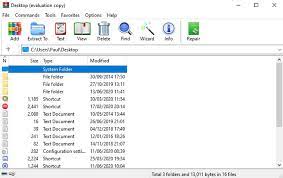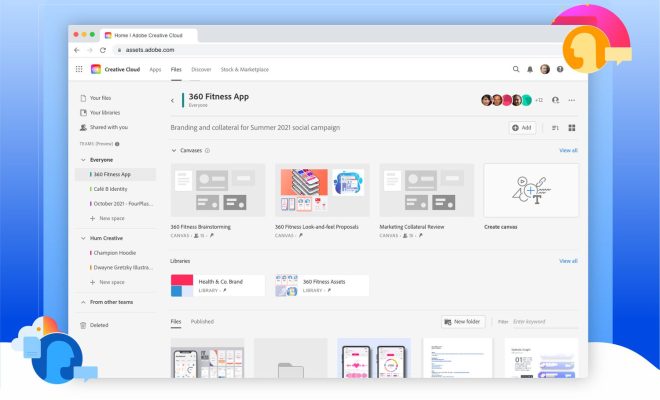How Does File Compression Work?

File compression is the process of reducing the size of a file while preserving its content. This is typically used to save storage space, reduce transfer time over the internet, and enhance system performance by freeing up system resources.
The working principle of file compression involves the removal of redundancies, either in the form of data repetition or data that is not required to reproduce the original file. This process can be performed using two primary methods: lossless and lossy compression.
Lossless Compression
With lossless compression, the original data is kept intact, and the compressing algorithm focuses on identifying and eliminating redundant data. Lossless compression is generally used for text files and other files containing data that must be preserved for their intended purpose.
The most common method of lossless compression is a run-length encoding that compresses by storing the frequently occurring data using the number of times it appears in the original file. For example, if a file contains a long string of repeated characters or bytes, the compression algorithms can replace that with just one character and a count to signify how many times that character appeared in the original file.
Another common lossless compression technique used is the Huffman coding method which assigns shorter codes to more frequent data. Files compressed with this method can be decompressed back to the original file without any loss of data.
Lossy Compression
Lossy compression is a more aggressive form of compression. It sacrifices some of the original data in the file to achieve a smaller file size. This type of compression is typically only used for files like photographs, audio and video files, where some loss of quality is usually acceptable.
One of the most popular lossy compression algorithms is the JPEG algorithm which reduces the file size of image files by discarding some of the less vital details of the image. This method results in image files being much smaller than the original file size, but there is a loss of image quality. Similarly, the MP3 and the AAC algorithms use audio compression that results in loss of quality but produces smaller files to enable efficient data transfer.




